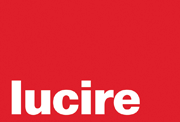
 |
July 27, 2024 Follow us |
|
|
|
|
Share this page |
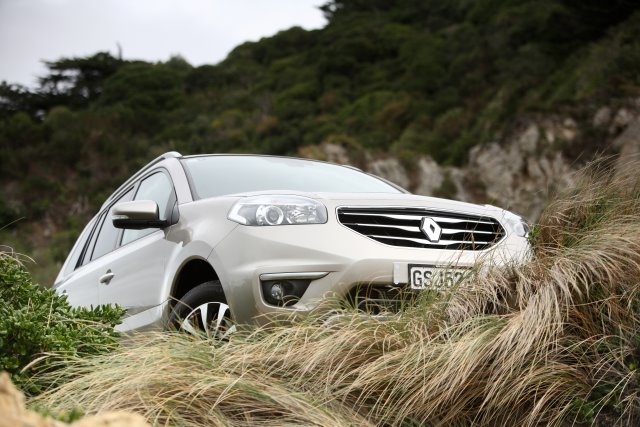 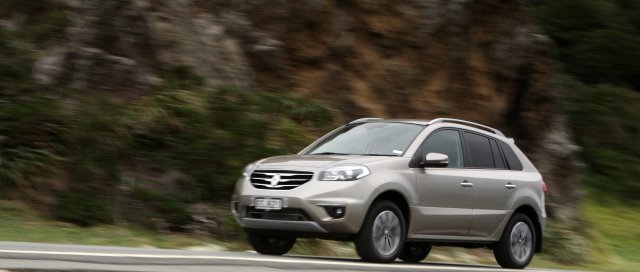 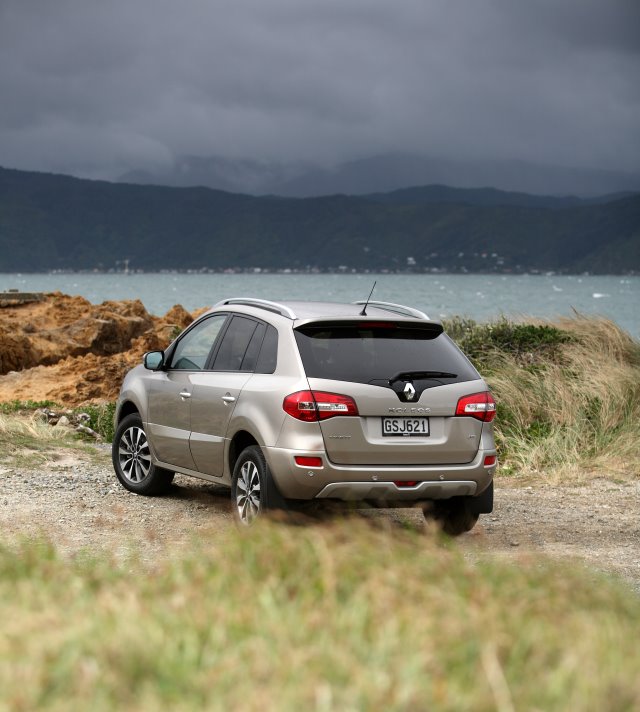 Hidden gems At first glance, it’s the shape you expect an SUV to have—look closer and the details become apparent Making life easyThe Renault Koleos is well thought out and designed to be easy to drive. Jack Yan says it hits its targets for those looking for a mid-sized SUV
A few years ago, Paris was on the verge of banning the SUV. The city likes to think of itself as creative, forging ahead with sensible moves such as the Vélib’ bicycles, and, when it realized private concerns could not handle running its water supply, taking it back into public hands. The Parisians can be very pragmatic, and, knowing that greenhouse gases are a bad thing, were about to see to one of their contributors: those awful large SUVs, which were too big for narrow Parisian streets, and, because they were all built by les étrangers, they could not fit with the French way of life. France is, after all, the country of the Citroën 2CV, the DS, and the Renault 5—and if they want to build cars with wheelbases that differed on each side, then they can. Until, of course, the two major French car makers said they were going to put out SUVs. All of a sudden, the Parisian city council back-pedalled. Maybe these things weren’t so bad after all, because they will have French badges on them. Not that they are particularly French. On the one hand, Peugeot–Citroën brought out facelifted versions of the Mitsubishi Outlander. The last time an Allied country got together with an Axis country within French borders, they got the Vichy régime. Renault, however, had something more original up its sleeve: it would take its French-designed, Japanese-developed, and Korean-built Samsung QM5—Samsung is part of the Renault alliance that includes Nissan—and call it the Koleos. It wasn’t as bulky as the Peugeot, and it certainly wouldn’t warrant the same jokes about the war, since Renault pulls the strings at its Japanese and Korean partners. However, when the first Koleoses arrived in New Zealand, there were two things that didn’t quite work. First was the undistinguished styling. It’s rather, well, Korean. While Hyundai has since discovered its fluidic sculpture styling, which admittedly looks wonderful on the current Sonata (i45) in the early 2010s (and which might date by the end of the decade), Samsung has been a bit more restrained. It’s only in its more recent cars like the SM3, SM5 and SM7—the SM3 is better known in facelifted form as the Renault Fluence—that it has shown greater flair. The second problem was that its interior didn’t feel particularly special. Two things have happened since those days. First, Renault has facelifted the Koleos. Secondly, Renault has upped the equipment levels on the latest models here. The facelift might still divide the public. Renault has, as seen at Auto Shanghai, gone for a more formal look for these markets, catering in part to the Chinese, who are gobbling up more cars in this part of the world than any other nation. And Chinese buyers like a more formal grille. It’s no surprise, then, that the Koleos still looks a bit Asian, but then, this is New Zealand, and so does the majority of its competition. The platform is also given to Nissan, and the engine is the QR25DE unit found in the American Nissan Altima, so buyers can dispel all those concerns about French bits going funny after a few years. Renault’s not going after the luxury marques here anyway—it desires a mainstream audience with the Koleos. As with the Mégane we tested last year, the Koleos is a rational choice, and it looks more rational, too. At least it does look better, in our opinion, than the Volkswagen Tiguan (as well as the sporting version called the Taigun, which Volkswagen named using an anagram generator; the same trick was used for the US-market Volkswagen Routan). Since fluidic sculpture hasn’t worked that well on the Hyundai Tucson IX, or IX35 was it’s called for export, then you could argue that the Koleos looks better there, too. It depends on your tastes. Inside, however, the Koleos case becomes considerably more convincing. We tested the 2·5 petrol four-wheel-drive model, which is very well equipped, with Tom-Tom sat-nav, hands-free Bluetooth, Ipod connection, cruise control, leather seats, leather-wrapped steering wheel, hillstart assist, hill-descent control, dual-climate air conditioning, sun blinds for rear passengers, and rear parking sensors. It’s incredibly good value for NZ$43,990, and with Renault’s five-year, 120,000 km warranty (with 24-hour roadside assistance), it’s certainly an appealing package. For an extra NZ$2,000, Renault will sell you the Bose edition, which comes with an eight-speaker sound system, and more distinctive appointments including custom designed alloys, mats and carbonfibre-effect trim. The fashion-conscious among readers—and since this is Lucire, so that’s all of you—really need to check out the Bose edition as the darker features—black is the new black, after all—help lift the Koleos’s game. However, it’s a non-Bose model we have here, and photographer Doug Rimington, back from London briefly to shoot it, manages to make the Koleos look very much of its time. Being Asian, the Koleos delights not so much in the overall shape, but in the small details. Outside it’s the new lights and alloys. The new grille works when you begin appreciating that there is geometry to it, and how it contrasts with the foglights and lower intake. continued below
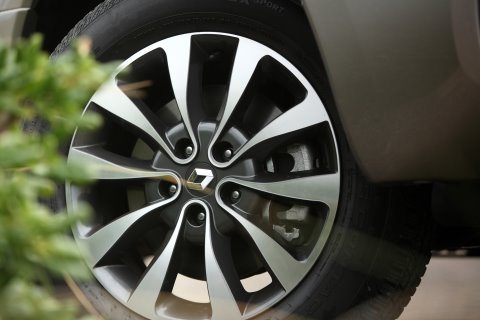  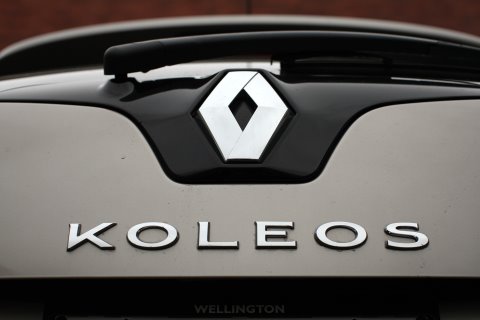
Our first step was testing the folding seats, and, surprisingly, it’s very easy to get a flat floor with the Koleos. The seats are bulky enough to be comfortable, but thanks to the springing, they are easy to push back into place from the rear footwells. You need a bit more elbow grease getting them down, but not that much more. Lighter to the touch was the handbrake—it works on the electronic principle that one might see on Audi A6s and A8s, and the Renault Laguna. Basically, you need not worry about wrenching it down—the electronics know when you’re lifting off, and the car takes the handbrake off for you. We even found little trouble with the sat-nav, and the console controlling phone, navigation and entertainment was simple to use. We were accustomed to those in the German cars, but once we played with it to get the streets and radio stations we wanted, it became second-nature. The buttons are quite pleasant to push, and the interior materials look and feel just right. There’s nothing harsh in here. There was one source of humour, however: the sat-nav control typeface is Gill Sans, and not in a custom Renault design. Interesting, a Citroën DS4 we sampled had the same typeface on its controls, and not the custom Citroën one—which means that no matter how hard the French rivals try to distinguish themselves from each other, they often wind up with the same solutions. We realize not everyone is going to mind one iota with the typeface on the buttons—or, for that matter, the Arial on the Tom-Tom system—and you shouldn’t be looking at typography when you’re driving. On the road, the Koleos’s 2·5 delivers enough power for the bulk: it delivers 171 PS (126 kW) with smooth acceleration through the CVT automatic transmission. It is, admittedly, tuned to urban driving—so don’t expect to be breaking speed records here, though Renault gives a healthy 0–100 km/h time of 9·3 s. The driving position is what you’d expect from an SUV: high and commanding, and there is, naturally, more body roll than in a conventional car. The steering was slightly less weighty than we’d like, another concession to the idea of an easy-to-drive urban SUV. The seats are very supportive—the French seem to hit sixes here more often than others—so we can imagine that a long drive would be quite comfortable. The height meant few problems parking, and the beeps from the parking assist made everything easy. Off-road, it was slightly more nervous, as we took it over a few rough surfaces. The steering was too light when it came to the rough stuff: even though the four-wheel-drive system was working properly, there was less feedback to the driver. However, since the overwhelming majority of Koleoses will never head off-road unless its pilot gets lost in the middle of the countryside, this is probably academic. In most driving conditions in sensible scenarios, the Koleos is more than capable. The Koleos is yet another rational Renault. It should appeal to those who want an SUV for the driving position, and conveniences that make urban motoring as easy as possible. It’s very well thought out. If you have to spend a lot of time behind the wheel, and need the convenience of the space, then the Koleos should appeal there, too. If you like a few mod cons, including a handbrake that you don’t need a pumped-up left arm to deal with, then it also gets a nod. And if you’ve already been sold on Japanese reliability but would prefer those bits stayed out of sight, then the Renault is perfect. Renault’s case is in presenting good value these days, and with the equipment upgrade, the Koleos should definitely be on your shopping list. • 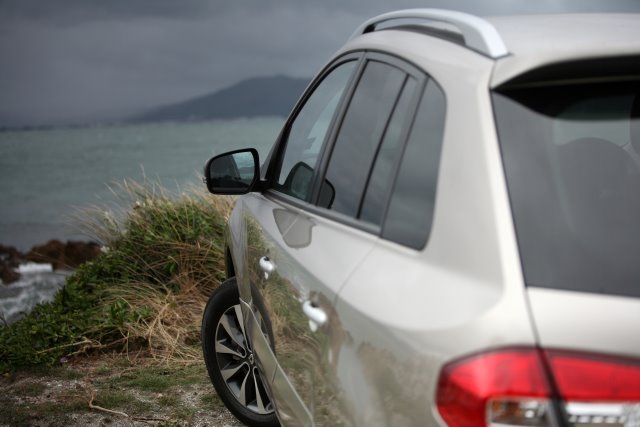

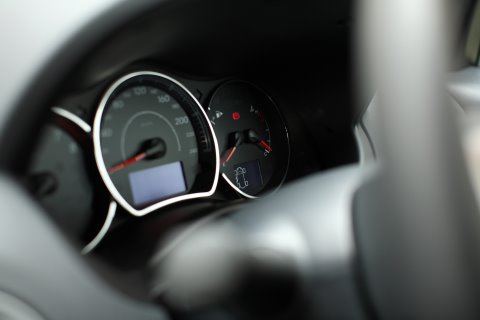 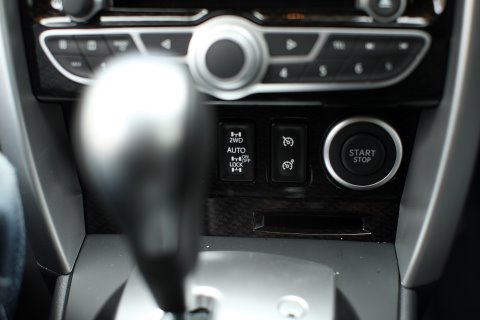 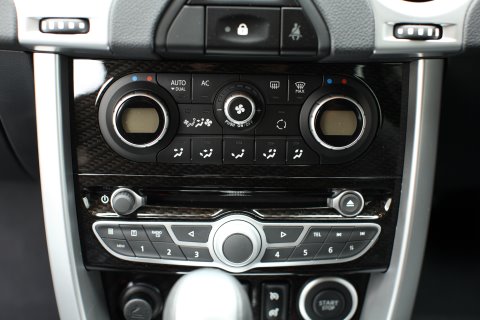
The global fashion magazine
|
|
|||||||
|
Jack Yan is publisher of Lucire.
|
|||||||||
Copyright ©1997–2022 by JY&A Media, part of Jack Yan & Associates. All rights reserved. JY&A terms and conditions and privacy policy apply to viewing this site. All prices in US dollars except where indicated. Contact us here.